Women Scientists Made Up 25% Of The Pluto Fly-by New Horizon Team. Make Sure You Share This, Because


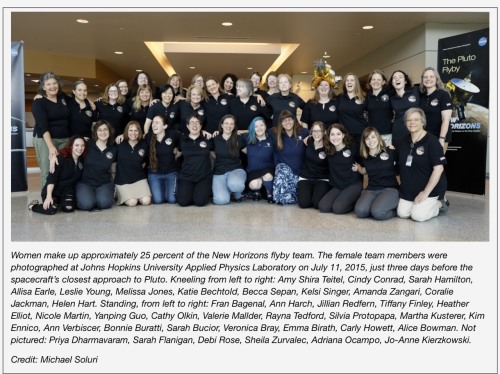
Women scientists made up 25% of the Pluto fly-by New Horizon team. Make sure you share this, because erasing women’s achievements in science and history is a tradition. Happens every day.
.
http://pluto.jhuapl.edu/News-Center/News-Article.php?page=20150712
More Posts from Saients and Others

NASA astronaut Peggy Whitson becomes first woman to command ISS twice
NASA astronaut Peggy Whitson achieved a new milestone at the International Space Station on Sunday, when she became the first woman to command the ISS twice.
Whitson is replacing astronaut Robert Shane Kimbrough, who will depart the space station Monday.
“Up here we don’t wear shoes, but Shane is leaving me some pretty big socks to fill,” Whitson said during a live broadcast as she assumed her new position. Read more. (4/9/2017 3:40 PM)

Stepping on Lava
GIF made by Sixpenceee. Original video via YouTube.
A photon checks into a hotel and is asked if he needs any help with his luggage. He says, “No, I’m traveling light.”
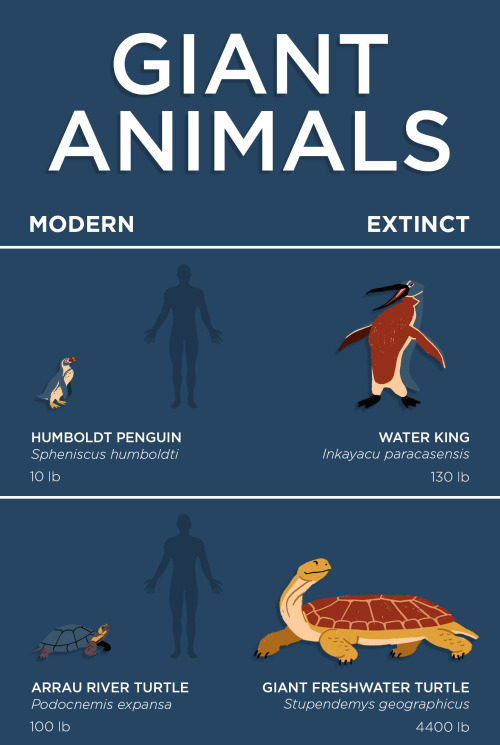
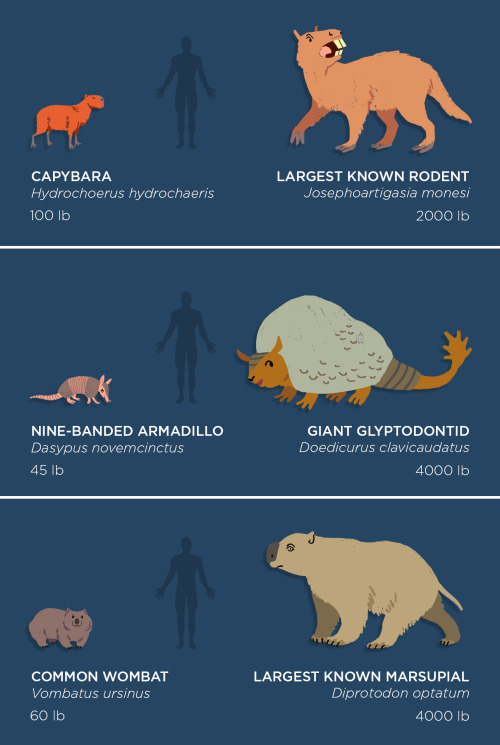
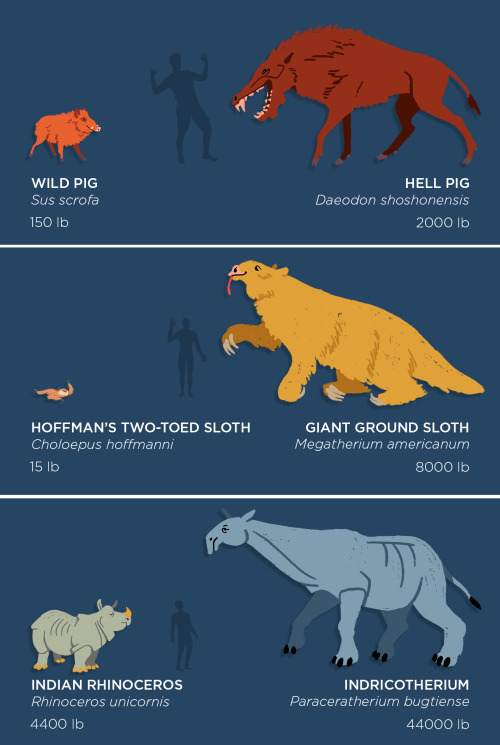
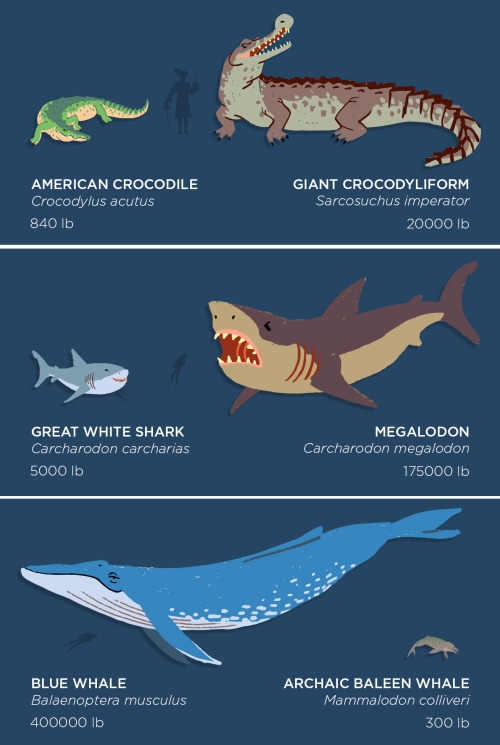
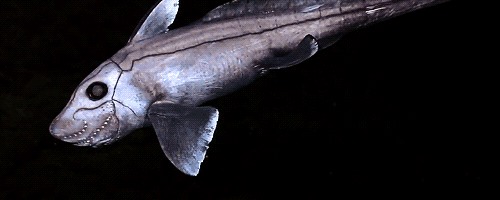
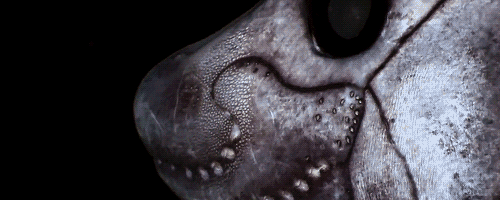
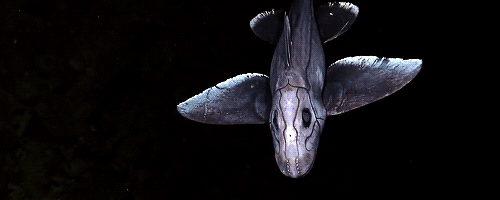
The Chimaera, known informally as the “ghost shark” or “rat fish”, is a deep sea cartilaginous fish in the order Chimaeriformes. Living at over 8,000 ft below the surface, the Chimaera is well adapted to the deep, dark sea. The dots on its nose are sensory organs that detect electrical fields in the water - helping the Chimera find its prey. While little is known about the Chimaera’s diet, it’s speculated that it feeds on molluscs and crustaceans that it crushes open with the grinding plates in its mouth. The spines on the top of its body are loaded with venom; the Chimaera uses these spines to defend itself.

Artists impression of ‘Hot Jupiter’ exoplanets.
Credit: NASA, ESA, D Sing

Spectacular collision of stars will create new star in night sky in 2022
1800 years ago two stars were coming together in a huge cataclysmic explosion. The light from that collision will finally arrive on Earth creating a new star in the night sky - dubbed the ‘Boom Star’ - in an incredibly rare event which is usually only spotted through telescopes. Before their meeting the two stars were too dim to be seen by the naked eye, but in 2022, the newly formed Red Nova will burn so brightly in the constellation Cygnus that everyone will be able to to see it. For around six months the Boom Star will be one of the brightest in the sky before gradually dimming, returning to its normal brightness after around two to three years. Read more
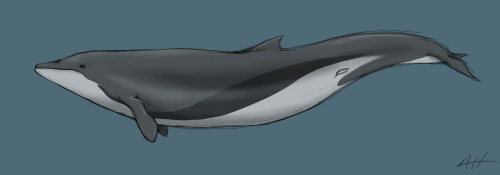
As a paleo-artist, one of my biggest pet peeves are prehistoric whales reconstructed not as whales but as sinewy, snarling, shrink-wrapped marine reptiles. It’s just not a plausible reconstruction, even if it’s highly speculative, and it paints an incorrect image in the public eye. Granted, this is a struggle I’ve exlpored in all forms of paleo-art and reconstructive illustration. But the whales have really been getting to me recently.
Here are some recontructions of Basilosaurus, if you don’t know what I mean (one by Karen Carr, the other by an artist I could not determine):


These snakey, reptilious reconstructions may stem from the fact that Basilosaurus, one of the first early cetaceans to be found, was believed to be a reptile when first discovered (hence the name). Maybe we simply haven’t fully shaken that mindset.
But still! Even the damn Smithsonian, which has such a wonderful collection of ancient cetaceans, is at fault in this:

Don’t even get me started on their recently-closed dinosaur hall. Thank the lord they’re finally renovating that dated piece of crap.
I have struggled to find a way to reconstruct these animals so that they are just a little bit more believeable. Up top I’ve done a really really quick sketch of Dorudon. I tried to not only make its body more streamlined and whale-like (because Dorudon has a lovely, almost but not quite modern-looking skeleton), but I also tried to give it markings similar to what we find on modern cetaceans for camouflage. Because hey, who’s to say they didn’t have ‘em? I tried to make them familiar but not directly copied from any modern species.
Aaaaand end rant.

Cristobalite, Hematite
SiO2, Fe2O3
Locality:
Caspar quarry, Bellerberg volcano, Ettringen, Mayen, Eifel, Rhineland-Palatinate, Germany
An interesting homoepitactic intergrowth from brown and black hematite
Photo: Michael Förch
Cristobalite is a silica polymorph that is thermodynamically stable only at temperatures above 1470°C, up to the melting point at 1705°C, at atmospheric pressures. It commonly metastably persists or even forms at much lower temperatures in silica-rich volcanic and sedimentary environments. It can form crystals in cavities, probably vapour-deposited, or spherulites in obsidian or other silicic volcanics.
Hematite is rather variable in its appearance - it can be in reddish brown, ocherous masses, dark silvery-grey scaled masses, silvery-grey to black crystals, and dark-grey masses, to name a few. What they all have in common is a rust-red streak.
-
 porschethemermaid reblogged this · 2 weeks ago
porschethemermaid reblogged this · 2 weeks ago -
 grayladyofthewell liked this · 2 weeks ago
grayladyofthewell liked this · 2 weeks ago -
 ofbloodandshadow reblogged this · 2 weeks ago
ofbloodandshadow reblogged this · 2 weeks ago -
 aseariel reblogged this · 2 weeks ago
aseariel reblogged this · 2 weeks ago -
 thismakesmybrainshutup reblogged this · 2 weeks ago
thismakesmybrainshutup reblogged this · 2 weeks ago -
 verityontheothersites reblogged this · 2 weeks ago
verityontheothersites reblogged this · 2 weeks ago -
 whatiwantyoutobe reblogged this · 3 weeks ago
whatiwantyoutobe reblogged this · 3 weeks ago -
 unus-annus-and-stuff reblogged this · 3 weeks ago
unus-annus-and-stuff reblogged this · 3 weeks ago -
 fettucine-afraido reblogged this · 3 weeks ago
fettucine-afraido reblogged this · 3 weeks ago -
 fettucine-afraido liked this · 3 weeks ago
fettucine-afraido liked this · 3 weeks ago -
 finallygaveintothesirencall reblogged this · 3 weeks ago
finallygaveintothesirencall reblogged this · 3 weeks ago -
 aka-catnip liked this · 4 weeks ago
aka-catnip liked this · 4 weeks ago -
 iceandbone reblogged this · 1 month ago
iceandbone reblogged this · 1 month ago -
 thismakesmybrainshutup liked this · 1 month ago
thismakesmybrainshutup liked this · 1 month ago -
 littlemissfandomworld reblogged this · 1 month ago
littlemissfandomworld reblogged this · 1 month ago -
 littlemissfandomworld liked this · 1 month ago
littlemissfandomworld liked this · 1 month ago -
 leshuga27 reblogged this · 1 month ago
leshuga27 reblogged this · 1 month ago -
 leshuga27 liked this · 1 month ago
leshuga27 liked this · 1 month ago -
 missfitz reblogged this · 1 month ago
missfitz reblogged this · 1 month ago -
 justjakescharacters liked this · 1 month ago
justjakescharacters liked this · 1 month ago -
 coder-o liked this · 1 month ago
coder-o liked this · 1 month ago -
 birondragon reblogged this · 1 month ago
birondragon reblogged this · 1 month ago -
 birondragon liked this · 1 month ago
birondragon liked this · 1 month ago -
 crisantoflowerking reblogged this · 1 month ago
crisantoflowerking reblogged this · 1 month ago -
 aromantic-isopod reblogged this · 1 month ago
aromantic-isopod reblogged this · 1 month ago -
 whoareyoueventhough reblogged this · 1 month ago
whoareyoueventhough reblogged this · 1 month ago -
 aoz liked this · 1 month ago
aoz liked this · 1 month ago -
 dariuspartyhard reblogged this · 1 month ago
dariuspartyhard reblogged this · 1 month ago -
 ghost-of-a-swarm-of-bees reblogged this · 1 month ago
ghost-of-a-swarm-of-bees reblogged this · 1 month ago -
 goblinofthelaboratory reblogged this · 1 month ago
goblinofthelaboratory reblogged this · 1 month ago -
 skinnycappuccinos reblogged this · 1 month ago
skinnycappuccinos reblogged this · 1 month ago -
 bodyandbloodandbody liked this · 1 month ago
bodyandbloodandbody liked this · 1 month ago -
 h0lding liked this · 1 month ago
h0lding liked this · 1 month ago -
 msaigon reblogged this · 1 month ago
msaigon reblogged this · 1 month ago -
 msaigon liked this · 1 month ago
msaigon liked this · 1 month ago -
 pseudointellectualgarbage liked this · 1 month ago
pseudointellectualgarbage liked this · 1 month ago -
 maskedcryptix liked this · 1 month ago
maskedcryptix liked this · 1 month ago -
 lou-the-naga-queen reblogged this · 1 month ago
lou-the-naga-queen reblogged this · 1 month ago -
 anomymous1 liked this · 1 month ago
anomymous1 liked this · 1 month ago -
 maximumeffort69 liked this · 1 month ago
maximumeffort69 liked this · 1 month ago -
 farkleysparkley liked this · 1 month ago
farkleysparkley liked this · 1 month ago -
 farkleysparkley reblogged this · 1 month ago
farkleysparkley reblogged this · 1 month ago -
 tychos-huzband reblogged this · 1 month ago
tychos-huzband reblogged this · 1 month ago -
 kha0sd3m0n reblogged this · 1 month ago
kha0sd3m0n reblogged this · 1 month ago -
 kha0sd3m0n liked this · 1 month ago
kha0sd3m0n liked this · 1 month ago -
 imaginehavingaregularthought reblogged this · 1 month ago
imaginehavingaregularthought reblogged this · 1 month ago
Stardate: 2258.42...or, uh, 4... Whatever. Life is weird, at least we've got science.
75 posts
